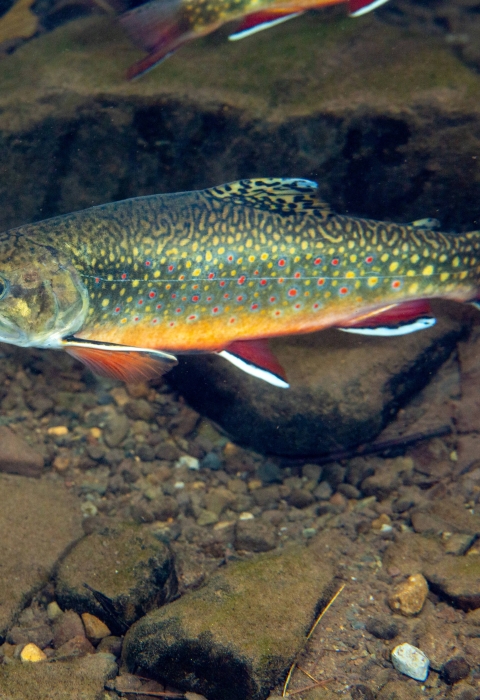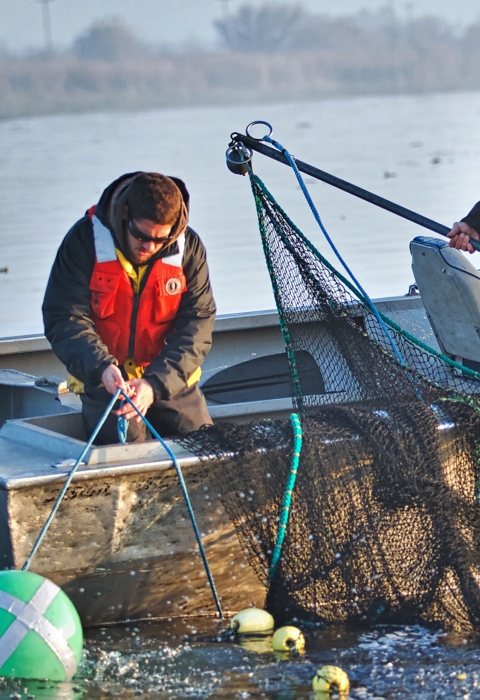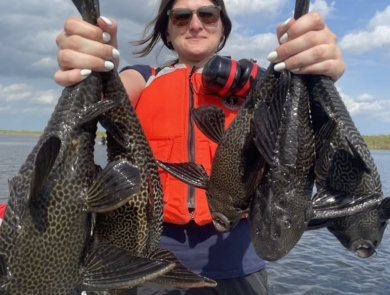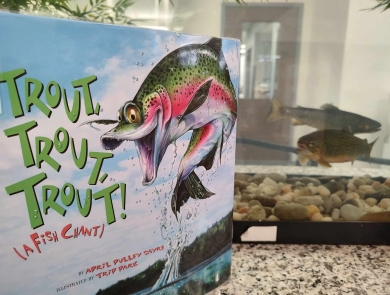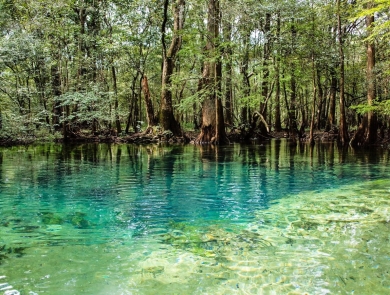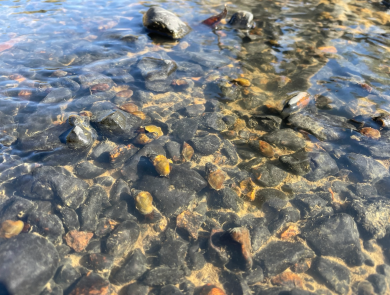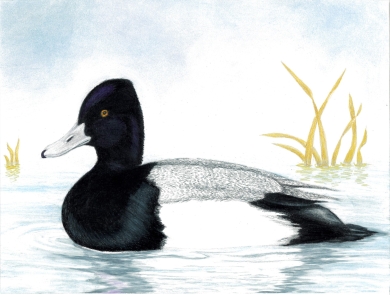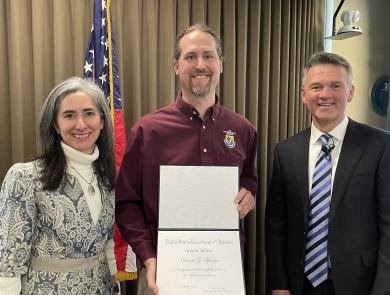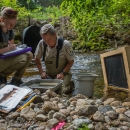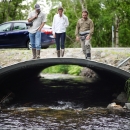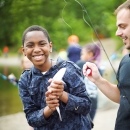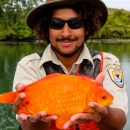The Fish and Aquatic Conservation program leads aquatic conservation efforts for the U.S. Fish and Wildlife Service. We are committed to tackling the nation’s highest priority aquatic conservation and recreational challenges to conserve, restore, and enhance fisheries for future generations.
What We Do
Our Projects and Initiatives
- Conserve Aquatic Species
- Conserve, Restore, and Enhance Aquatic Habitats
- Manage Aquatic Invasive Species
- Fulfill Tribal Trust and Subsistence Responsibilities
- Enhance Recreational Uses of Aquatic Resources
- Educate and Engage the Public and our Partners to Advance Conservation
Our Library
Browse our library of data, conservation projects, and educational resources.
